Ancient Shipwreck Found Off Israel’s Coast Reveals Mysterious Blend of Christian and Islamic Symbols—What Secrets Could It Hold?
Perhaps most fascinating is that the find might force historians to reassess presumptions that the transition between Byzantine and Islamic rule between seventh and eighth centuries severely impeded commerce in the Eastern Mediterranean.
The sizable and varied cargo found aboard — and the diverse cultural and religious iconography found within — increasingly challenge that notion.
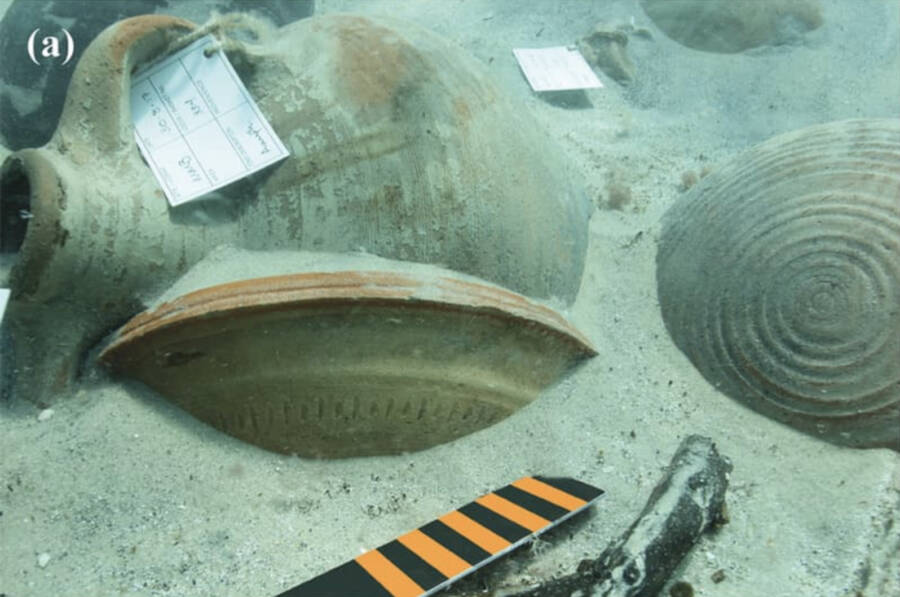
University of Haifa, Institute for Maritime StudiesThe amphorae, or Greco-Roman jars, contained agricultural products from figs and pine nuts to grapes, raisins, and olives.
“We do not know whether the crew was Christian or Muslim, but we found traces of both religions,” said Cvikel.
The uncovered inscriptions were written in both Greek and Arabic, with Muslim and Christian religious symbols such as the name of Allah and numerous Christian crosses discovered aboard. These finds were either carved into the wood of the ship itself or found on the amphorae it was carrying.
The latter contained fruits such as olives, dates, figs, grapes, raisins, and pine nuts. Of the six types of amphorae, there were two typologies that have never been found before. Fishbones were found inside, with a lack of human remains aboard reinforcing the idea that the accident took no lives.
“We have not found any human bone, but we assume that because the ship sank so close to the coast, nobody died in the wreckage,” said Cvikel.
The ship’s construction, meanwhile, appeared to be Egyptian. Cvikel explained these vessels were built using a “shell-first” method, which was based on strakes — essentially, a line of planking from the stem to the stern in order to give the ship its structural integrity and shape.
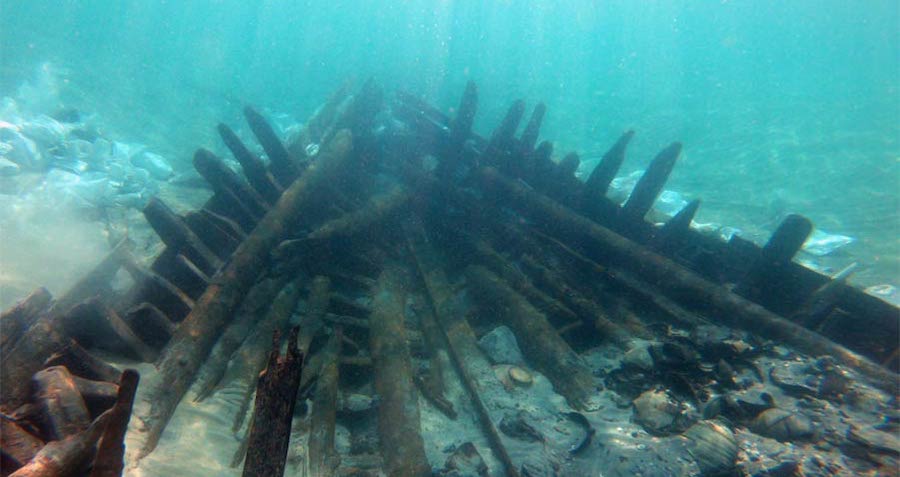

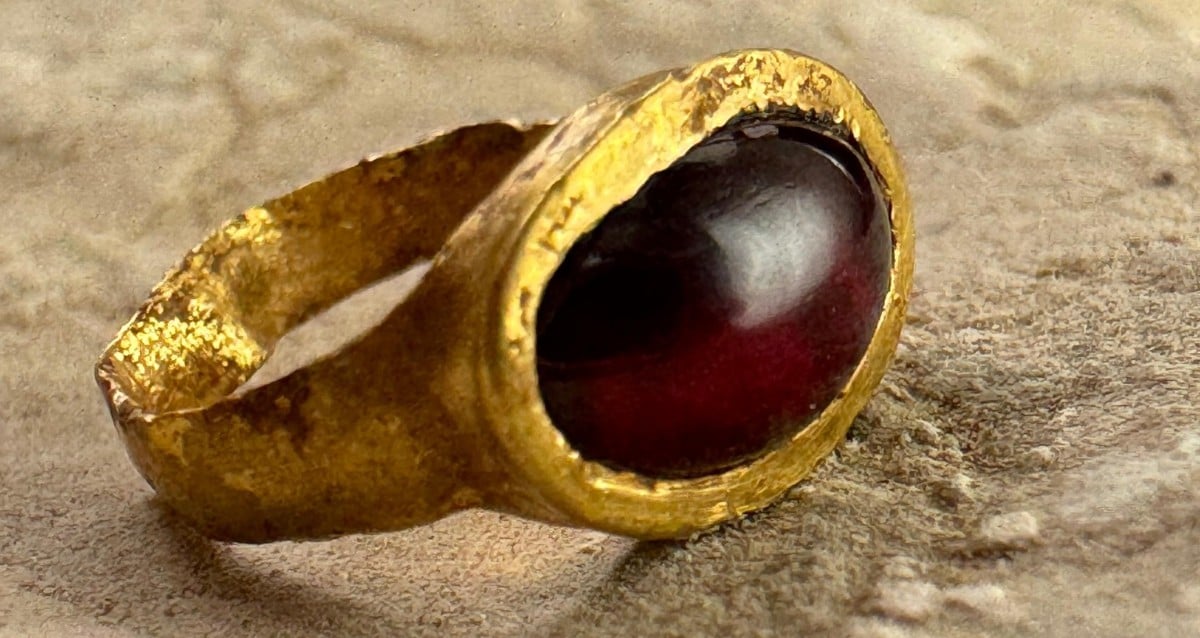

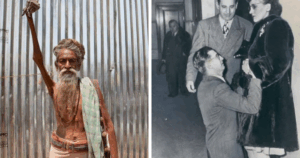





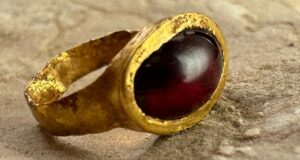



Post Comment